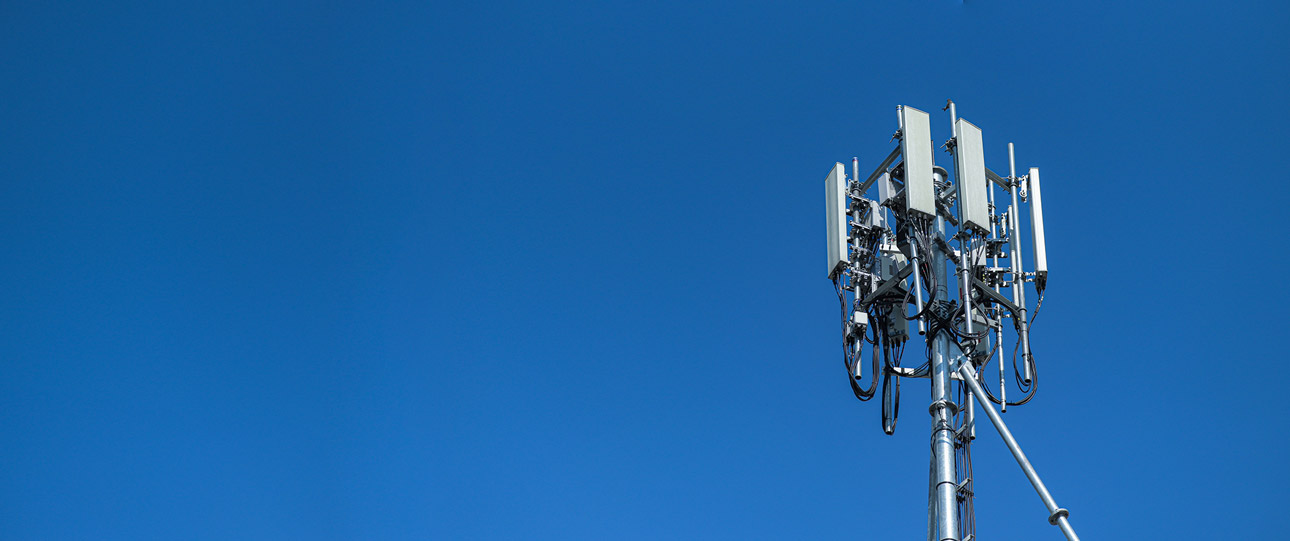Helping a telecom giant monetize their IP
US telecom giant uses Parola Analytics’ customized Evidence of Use search and Standard Essential Patents (SEP) Analysis for patent licensing and monetization.
A patent infringement search, also referred to as “evidence of use search (EoU)” is aimed at identifying potential infringing products or services against a particular patent. It provides evidence or indications that a product, process, or service is being used or sold in the market without the patent owner’s consent.
It is an essential tool for patent owners, especially those considering or preparing for patent enforcement or litigation, licensing negotiations, or even the sale of their patents.
To understand how “evidence of use” can prove patent infringement, it is necessary to understand what patent infringement entails.
A patent grants the holder the exclusive right to stop or prevent others from “commercially exploiting” the invention described in the patent claims for a certain period of time.
Patent infringement occurs when another party makes, uses, sells, or offers to sell the patented invention without permission from the patent holder during the validity of the patent.
Direct infringement is described by 35 U.S. Code § 271 (a) as:
“… whoever without authority makes, uses, offers to sell, or sells any patented invention, within the United States, or imports into the United States any patented invention during the term of the patent therefor, infringes the patent.”
An evidence of use search can prove infringement by showing that the product or service offered by the alleged infringer falls within the scope of one or more claims of the patent. As patent rights are territorial, each jurisdiction might define patent infringement differently.
While USC Code 271(a) describes what is called direct infringement, indirect infringement also occurs either through induced infringement or contributory infringement.
Induced Infringement occurs when a party induces or encourages another to infringe a patent, typically by actions, instructions, or other forms of encouragement. For example, if a company sells a product with explicit instructions to use it in a way that infringes a patent, that company may be liable for induced infringement, even if the product itself doesn’t directly infringe.
Contributory infringement happens when a party contributes to another’s act of direct infringement by supplying a component or means to facilitate the infringing act, but doesn’t directly commit the infringement itself.
While the contents of an EoU or patent infringement search report may vary, the core component are the claims mapping or patent-to-product mapping charts.
An EoU claim chart is a detailed breakdown that maps specific elements of the patent claims to the features of components of the potential infringing product, process, or service.
US telecom giant uses Parola Analytics’ customized Evidence of Use search and Standard Essential Patents (SEP) Analysis for patent licensing and monetization.

US telecom giant uses Parola Analytics’ customized Evidence of Use search and Standard Essential Patents (SEP) Analysis for patent licensing and monetization.
An evidence of use (EoU) search is a systematic process that requires a deep understanding of the patent in question and the technologies and products that potentially infringe upon it.
Here’s a basic framework on how to conduct an EoU search:
An EoU or patent infringement search can be a time-consuming and complex process, but it is a critical part of enforcing patent rights. It is an important tool in licensing negotiations and in determining the value of a patent portfolio.
Track potential infrigners with our Evidence of Use Search solutions

Services
Links
Sign up to receive first access to our reports, the latest patent news, and other updates —
all delivered to your inbox.
Sign up now to receive monthly patent news, analysis and free insight reports.
We don’t spam, we promise.
Disclaimer:
1. Parola Analytics and Avontis are distinct entities and operate independently. Any references to Avontis or its services do not constitute a legal partnership.
2. Parola Analytics does not provide legal services. Our services are limited to research and technical analysis. Any information provided by Parola Analytics should not be construed as legal advice.